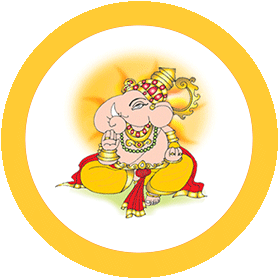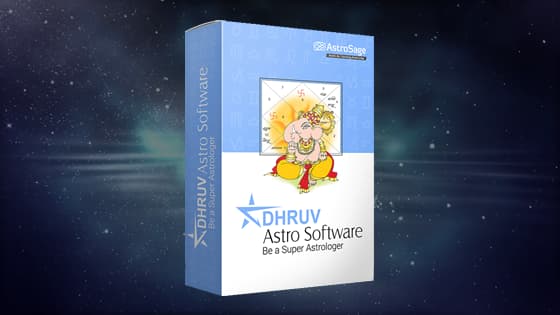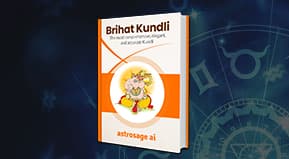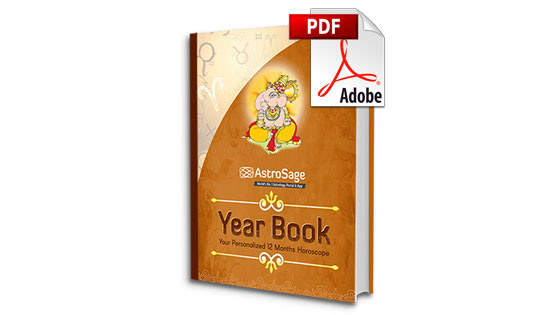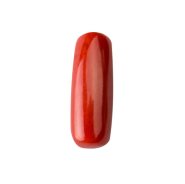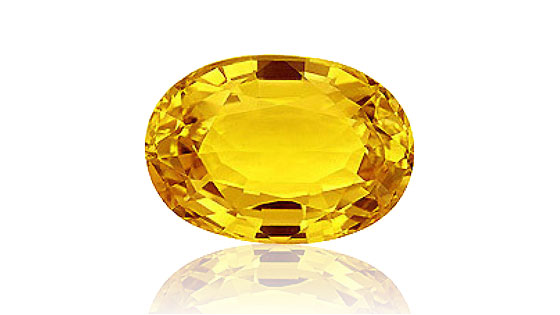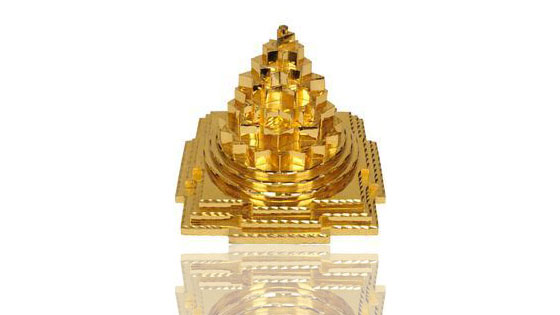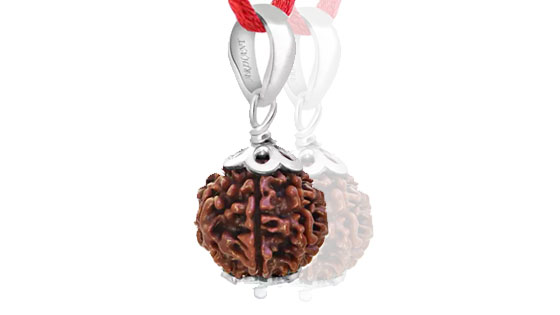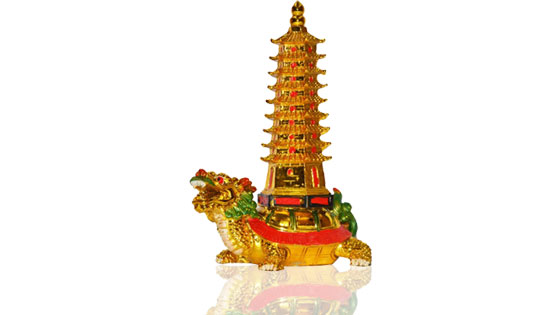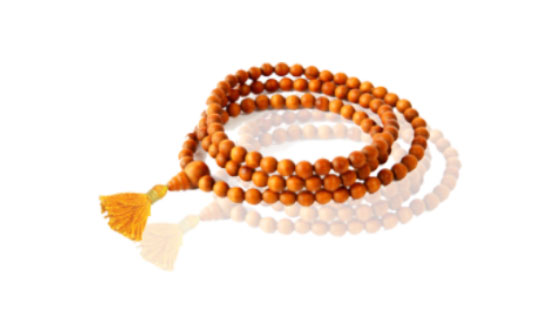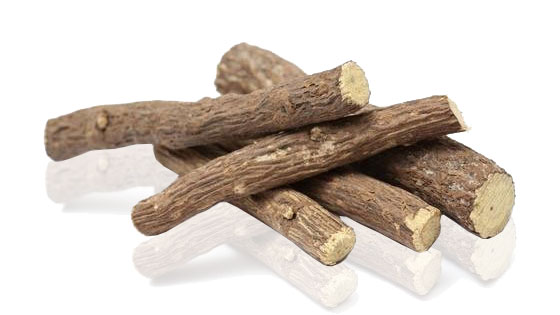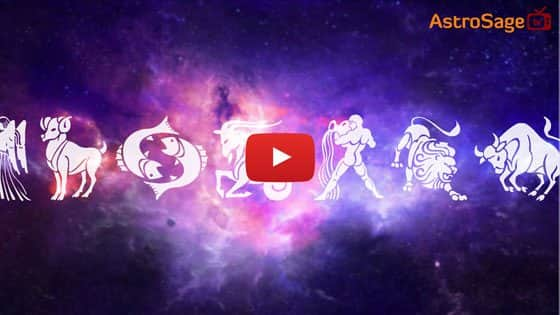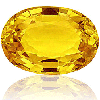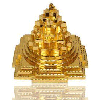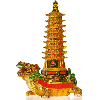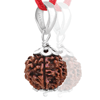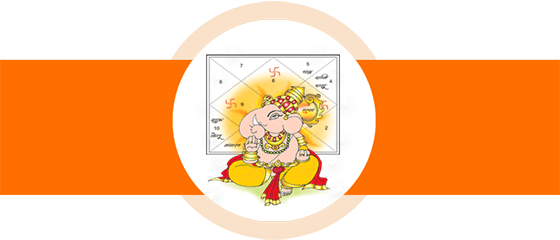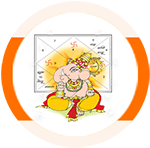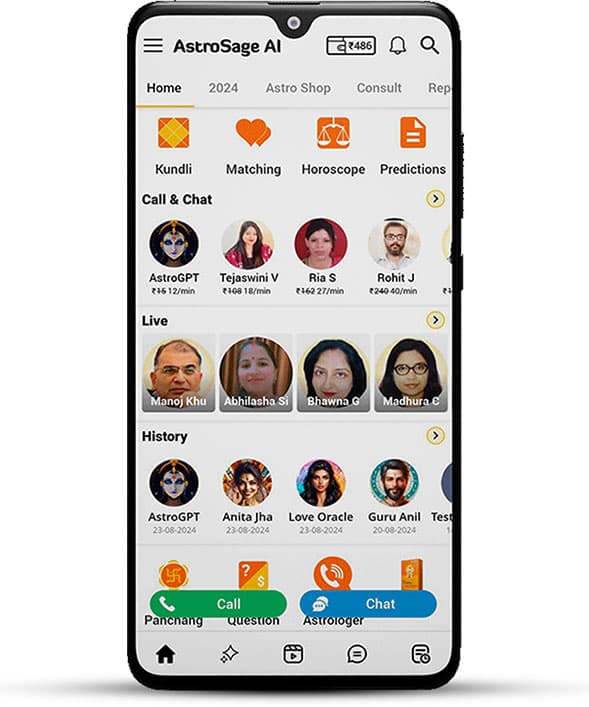Persian New Year 2021
Parsi New Year 2021 will be celebrated on August 17th in India.
After the legendary King of Persia, Jamshed, who began the Parsi Calendar and Navroz, meaning 'new day', it is also known as 'Jamshedi Navroz.' Navroz is celebrated globally in March, but the Shahenshahi calendar is followed in India, which does not account for leap years, so Navroz arrives 200 days later, in August.
After the Persian King, Jamshed, Navroz is also known as Jamshed-i-Navroz. The king is credited with having developed the calendar of Persia, or the calendar of Shahenshahi. Legend tells the storey of Jamshed saving the planet from an apocalypse that came in the form of a winter destined to destroy everything. Using a throne studded with precious jewels, the king rose up to the heavens on the shoulders of demons, shining brighter than the sun, and a new day, called Navroz, was born.
History of the Persian New Year
The Persians observe the faith of one of the oldest known monotheistic sects, Zoroastrianism. It was created roughly 3,500 years ago in ancient Iran by the Prophet Zarathustra. For over 1000 years, it was one of the most prominent religions of the ancient world and was Persia's official religion (now Iran) from 650 BCE until the rise of Islam in the 7th century.
Many Zoroastrians fled to locations such as Gujarat in India and Pakistan when the Islamic armies invaded Persia. There are currently an estimated 2.6 million Zoroastrians worldwide, with the largest single group in India being the Persians ('Parsi' being Gujarati for Persian).
Zoroastrians celebrated the Persian New Year in Iran and other parts of the Middle East using the Fasli/Bastnai calendar, which set the Spring Equinox on the first day of the year, usually March 21. To this day, despite not being Zoroastrians, this remains a popular festival, known as Nowruz, celebrated by many populations and cultures in the region. The Persian, however, uses the Shahenshahi calendar that does not account for leap years to celebrate the new year, indicating that this holiday has now shifted by 200 days from its original vernal equinox day.
Persian New Year or Nowruz Customs & Celebrations
It is usual for Persian households to clean their homes from top to bottom before the Persian New Year arrives. Usually this is done the day before Nowruz. Many Persians even take the time to purchase new clothes for the New Year on this day. On Nowruz Eve, buying flowers, especially hyacinths and tulips, is also very popular. Many households would decorate their homes with prosperous icons in celebration of the New Year. This may include fish, birds, butterflies, and star symbols. Gul-i-Surkh is a festival celebrated in Nowruz in Afghanistan.
In Iran, a traditional table setting known as Haft Seen on Nowruz is sometimes practised. Around the table, just before the beginning of the New Year, family members meet and wait for the vernal equinox. If it happens, presents are exchanged. Haft Seen also contains stuff like wheat or lentil sprouts in a bowl, Samanu (sweet wheat pudding), Senjed (dried Persian olives), apples, sumac berries, garlic, and vinegar on the table. Coins and eggs, a mirror, candles, a bowl of water with a goldfish in it, Divan of Hafez (a poetry book), the Quran or Avesta and water with rose essence in it are symbolic objects that may or may not be on the table.
In Afghanistan, they use the Haft Mewa table configuration instead of using the Haft Seen table setting. There are always seven dishes on the table in this setting, with a large silver tray, candles, and dyed eggs. It also includes a fruit salad made from seven fruits and nuts that have been dried. Raisins, dried apricots, Persian olives, hazelnuts, walnuts, pistachio, and almonds are the fruits. In addition, the residents of Afghanistan also participate in the Nowruz Gul-i-Surkh Festival. Ajil, baklava, Noql, chicken farcha, fried cod, reshteh polo, sabzi chalaw, nan berenji and shekerbura are other foods that can be served in Nowruz.
How is Parsi New Year celebrated?
The Persian New Year or Nowruz [or norooz, pronounced NO-ROOZ] in Persian means "New-day".
The annual festivities mark the beginning of spring and the start of a new year. Nowruz starts precisely at the vernal equinox, on the Islamic solar calendar's 1st day of Farvardin, typically on 20 or 21 March.
This year, in other nations, the Persian New Year 2021 or Nowruz falls worldwide on Saturday, March 20, 2021, though it is celebrated on August 17 in India. It is a time of great joy and family festivities that are celebrated in many countries by people of all religions and traces its roots back to the ancient Mesopotamian civilization and the Persian Empire over the ages.
A major part of the planning is house cleaning as minstrels, Haji Firuz, sing in the streets to announce the forthcoming festivities. Bonfires are lit to hop over on the Wednesday before Nowruz, and kids collect coins and sweets as they visit neighbours. In much the same way as Nowruz, the Persian New Year is celebrated, with an emphasis on celebrating the rebirth that a new year brings, such as house cleaning, wearing new clothing, giving gifts and making charitable gifts.
Families gather at Haft-seen or Haft-sin, tables set with special traditional Nowruz foods and recipes and all begin with the sound of the letter "S" — Seeb - apple; Sabze - green grass or Sabzeh - wheat or lentil sprouts; Serke - vinegar; Samanoo - a paste made out of wheat; Senjed - a berry native to the region; Sekke - a coin; and Seer - garlic.
Zarathushtra's birthday is the sixth day of the festivities and special events are held to mark the occasion. The 13th day wraps up the new year as families usually spend the day outside the doors in parks. —where girls can be seen wrapping grass in knots to wish for a good husband!
Nowruz is the beginning of the year for the people of Afghanistan, Azerbaijan, Iran, Tajikistan, and some of the former Soviet Union's Asian republics. It is also celebrated by people originating from Persian and Iranian ancestors as the new year. Nowruz is celebrated as the new year festival by the Kurds in Georgia, Iraq, Syria, and Turkey. Many cultures have settled in these countries.
Frequently Asked Questions
1. What is the other name of the Persian New Year?
The other popular name of the Persian New Year is Navroz or Jamsed-e-Navroz.
2. Is Nowruz only celebrated by persians?
No, many communities across the world with Parsi origin celebrate Nawroz or the Persian New Year.
Astrological services for accurate answers and better feature
Astrological remedies to get rid of your problems
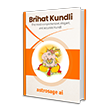
AstroSage on MobileAll Mobile Apps
- Horoscope 2026
- राशिफल 2026
- Calendar 2026
- Holidays 2026
- Shubh Muhurat 2026
- Saturn Transit 2026
- Ketu Transit 2026
- Jupiter Transit In Cancer
- Education Horoscope 2026
- Rahu Transit 2026
- ராசி பலன் 2026
- राशि भविष्य 2026
- રાશિફળ 2026
- রাশিফল 2026 (Rashifol 2026)
- ರಾಶಿಭವಿಷ್ಯ 2026
- రాశిఫలాలు 2026
- രാശിഫലം 2026
- Astrology 2026








